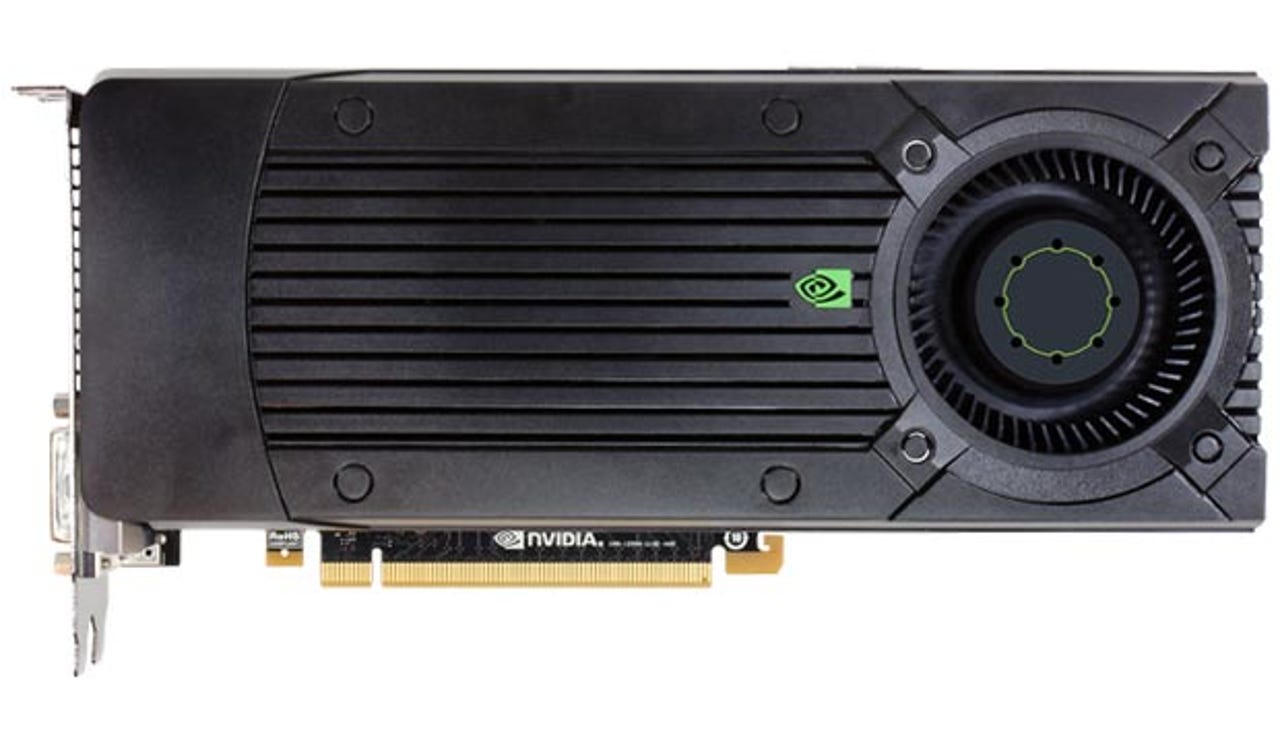Nvidia launches GeForce GTX 660 Ti desktop graphics card for $299


While all the attention is paid to the extreme high end when it comes to graphics cards -- and which is the fastest card ever -- not as many gamers are willing to pay $500 or more for those boards. So it may not be as exciting when the new high-end technologies trickle down to the mid range -- that is, unless you're in the market for one of those cards.
A case in point is the new Nvidia GeForce GTX 660 Ti, which is built using the same GK104 GPU (a.k.a Kepler) that powers the blazing -- and pricey -- GeForce GTX 680, but will cost around $299 instead of $499. Obviously, you won't get the same performance, but if you're upgrading from an older card, the benefits will be readily apparent. You will get 1,344 CUDA cores, 2GB of video memory, a 192-bit memory bus, and a base clock speed of 915MHz. Those specs are for any reference card, though customized and overclocked cards from Nvidia's manufacturing partners are available.
So how does the GTX 660 Ti's performance compare to the AMD Radeon HD 7870 and Radeon HD 7950, two competing cards that bookend the new Nvidia board in pricing? As is more the case these days, results are mixed from test to test and reviewer to reviewer (see Anandtech, HotHardware, and Tom's Hardware) -- there's no slam-dunk pick among these mid-range cards. AMD has made things even trickier by announcing that it would be providing a BIOS update to the Radeon HD 7950 that will provide its Boost software overclocking tool, no doubt trying to cushion the blow from the GTX 660 Ti launch.
Gaming PC makers have been quick to announce support for the new Nvidia card, with everyone from CyberPower to Maingear to Velocity Micro now including the GTX 660 Ti as an option for their gaming desktops. Are you in the market for the new card, or would you prefer one of AMD's mid-range offerings? Let us know in the Talkback section below.